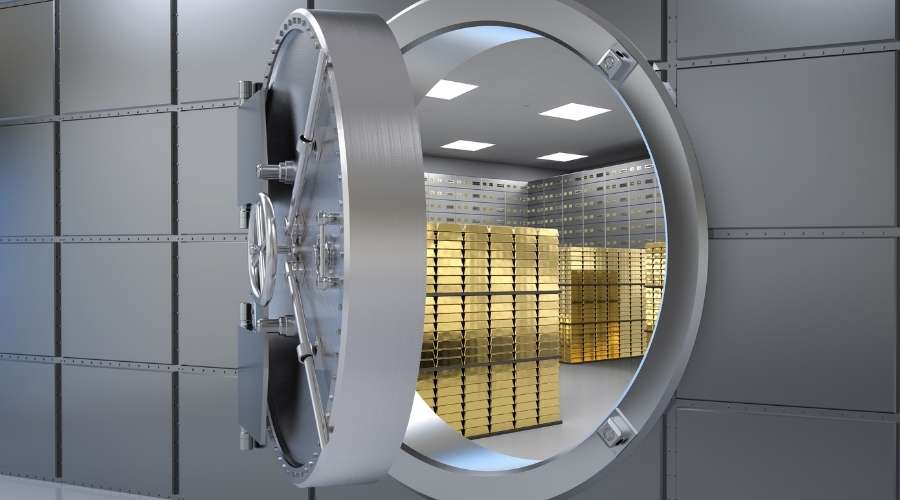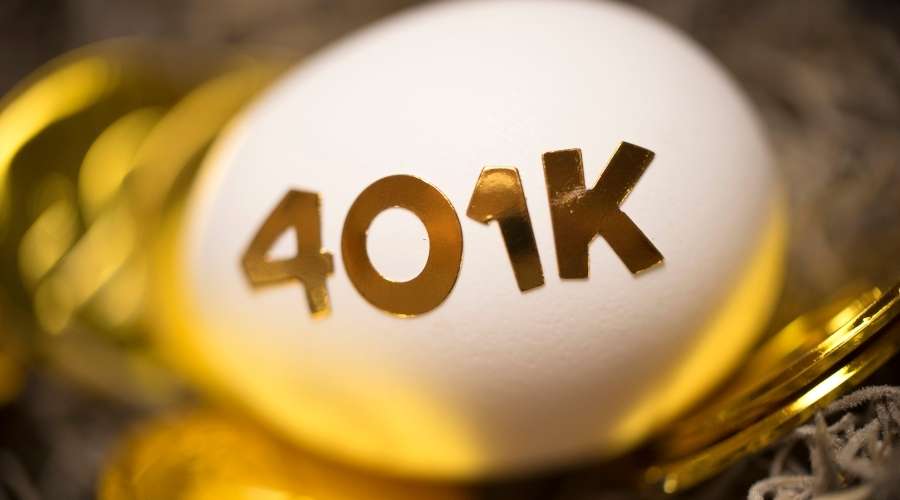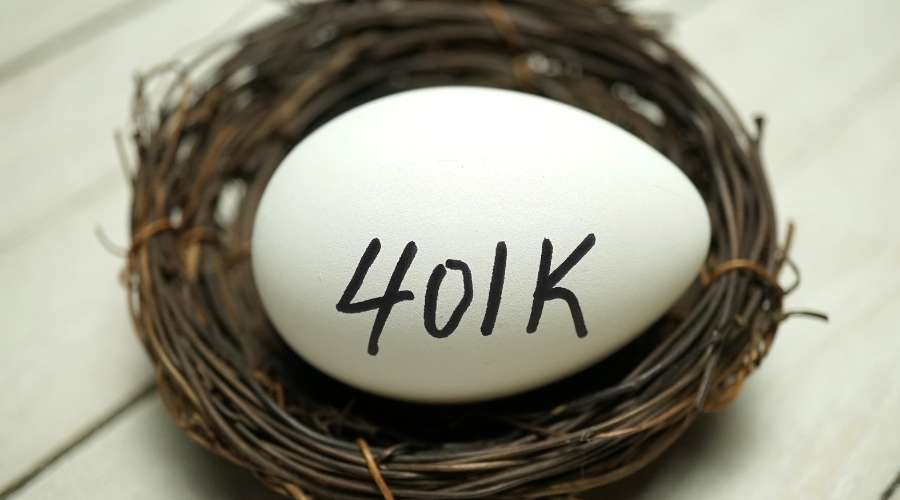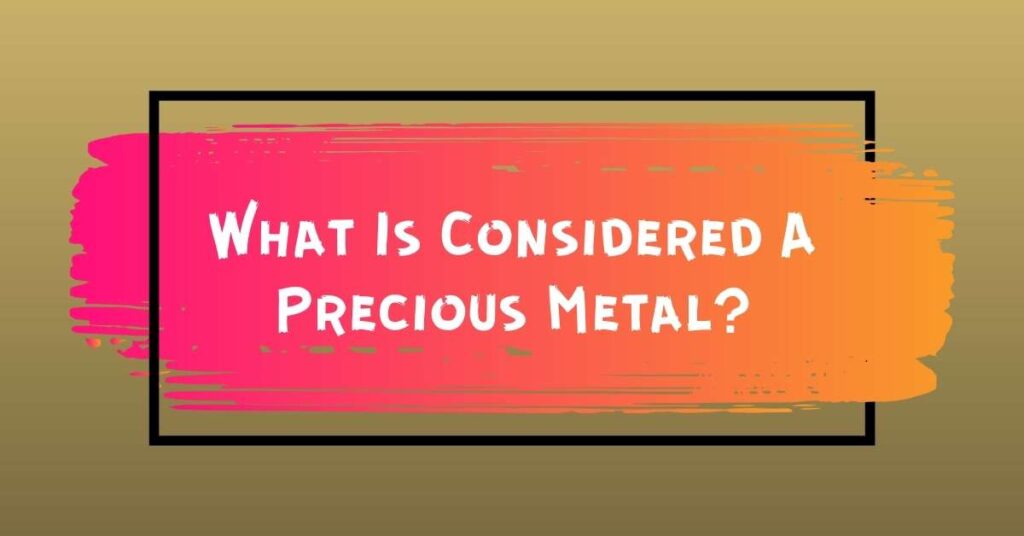Owning physical gold and silver for potential emergencies has been an idea we’ve heard repeatedly. But just how much should you own? How much is enough to protect what you value the most?
Many people discover they don’t believe in owning any gold or silver, but that is mainly because they feel their money will be more secure simply tucked away in a savings account.
But real emergencies can happen, and the savings account is quickly depleted when they do. And now your hard-earned money is gone. If a catastrophic event occurred, people would stop using the dollar as a currency and start demanding gold or silver as money.
And speaking of that, gold has an even more compelling long-term track record than history shows with fiat currencies. Its value has been stable and has maintained a specific weight for over 5,000 years. No other currency in history compares to that track record.
So don’t just put your gold in the bank and forget about it.
This is one of the reasons why we strongly suggest you keep some physical gold and silver on hand. And that’s why we highly recommend starting with a minimal amount of both metals to get comfortable with owning precious metals.
We suggest a small amount so you can learn how to store it and buy more later. It’s far easier to add to your collection of physical gold and silver later than it is to get started with a large amount.

Storage and Insurance
You first need to consider which form of gold and silver you should get. Gold and silver come in bullion form, as coins or as jewelry.
Bullion is the raw metal, usually in the form of bars, traded between dealers. Coins are minted by government mints worldwide and are ready for circulation. Bullion bars will typically carry a higher premium than pre-1933 US gold coins, so buying them will cost more.
For our recommendations, we recommend buying storage and insurance for gold. As the markets turn, we’ll discuss insurance in more detail. But for now, let’s say that it’s essential.
When buying gold bars or coins, your investment should meet one of two criteria: either you can touch it or verify its purity by testing it with a refiner. If you can feel it, it meets the first criterion regarding investing in precious metals. But if you have to send it to a refiner, it doesn’t meet the standard.
In terms of gold bars, you can either get a full-fledged assay report with a refinery’s stamp embedded in one bar or buy an assay card that gives the same information. We don’t recommend buying an assay card until you’ve purchased at least five coins or bars. This way, you can test your collection—and find out if any of them are fake. It’s also essential to try silver bars. It’s not always possible to tell if it is accurate or fake by looking at the weight. But some of them can be identified by checking their markings.
The tests for verifying purity are similar for gold and silver, but there are a few differences. The good news is that no one will charge you any extra fees for testing either form of precious metals because the insurance the government provides is free.
However, if you test your gold or silver and it turns out to be fake, you want to remember that there’s no way to get your money back. And the record is there are almost no reported cases of counterfeit gold or silver bars being returned for reimbursement. So make sure you know exactly what you’re buying.
For gold bars, the primary test is by fire assay or acid/electrolyte assay. These tests should be done by a third-party assayer who will stamp or certify the results on a card that comes with your bar. Depending on the owner’s preferences, this card can be incorporated into the bar itself or kept separate.
There are also companies out there that will provide the same services to you online. But if you buy online, you might have a problem verifying the purity of your gold when it arrives in your possession.

Why is This an Important Issue?
If someone doesn’t check the purity of their gold, they can sell it at a jewelry store and get more money in the process. Or maybe they’ll melt down their bar and sell it as bullion. This is something we want to avoid.
If you decide to take the extra step of storing your gold or silver in a vault, you can also use a third-party agency, like Brinks or Black Swan. We’ve also heard of people buying some gold bullion and storing it in a safety deposit box. And that is another option.
We prefer coin storage vaults because they safeguard the entire collection against theft and fire damage. But there are other options to look into if that’s what you desire.









